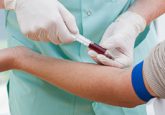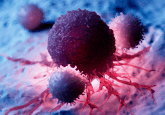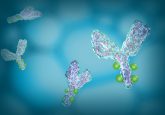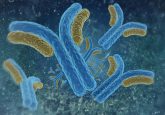New-generation ADCs redefine treatment for HER2-positive breast cancer
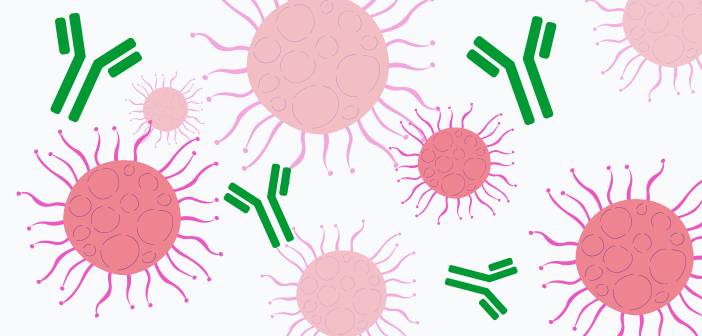
Promising trial results demonstrate that a next-generation antibody-drug conjugate (ADC) significantly improves outcomes in early-stage HER2-positive breast cancer.
Results from two pivotal phase III clinical trials, presented at the ESMO Congress 2025 (17–21 October; Berlin, Germany), have revealed that a next-generation ADC, trastuzumab deruxtecan (T-DXd), significantly improves outcomes for patients with early-stage HER2-positive breast cancer. Findings from DESTINY-Breast05 and DESTINY-Breast11, presented during a Presidential Symposium, suggest T-DXd could soon replace current standard therapies both before and after surgery.
HER2-positive breast cancer, although an aggressive cancer subtype, now boasts one of the highest cure rates due to the development of HER2-targeted therapies that control cancer growth through inhibiting the HER2 protein. However, despite being highly treatable if caught early, patients with residual disease after initial treatment face higher risks of relapse.
Current approved HER2-targeted drugs include antibodies, tyrosine kinase inhibitors and ADCs. Among these therapies, ADCs are particularly effective due to their ability to retain the efficacy of monoclonal antibodies while amplifying cytotoxicity through a small-molecule payload, greatly enhancing their therapeutic impact.
You may also be interested in:
- When diagnosing breast cancer, a simple saliva test might do the trick
- Spotlight: ADC bioanalytics
- ADC payloads to Fc mutations: advancing bioanalysis for novel modalities
To date, T-DM1 is the only approved ADC for patients with HER2-positive early breast cancer who show residual invasive disease after neoadjuvant therapy and have a high recurrence risk, but is associated with more frequent adverse effects than alternative treatments. This new generation of ADCs like T-DXd, which deliver a topoisomerase I inhibitor, could allow more precise payload delivery to tumor cells while reducing systemic toxicity to healthy tissues.
“There is a particular need for therapies to ensure patients with HER2-positive early breast cancer achieve pathological complete response following neoadjuvant therapies—i.e., delivered before surgery—and a high unmet need to treat residual disease in those who do not, to prevent the development of metastasis,” explained Dr Evandro de Azambuja from the Jules Bordet Institute (Brussels, Belgium).
Looking at the trial results, in DESTINY-Breast05, T-DXd outperformed T-DM1 by improving disease-free survival by 53%. It also showed improved control of brain metastases, which is an area of major concern.
Meanwhile, DESTINY-Breast11 evaluated T-DXd earlier in the treatment pathway. When used before surgery, the drug significantly increased pathological complete response rates to 67.3% versus 56.3% with conventional chemotherapy. Notably, it also led to fewer cardiac toxicities compared to conventional treatment, an important advance in patient safety.
Together, the two trials support replacing T-DM1 with T-DXd as the new standard in early HER2-positive breast cancer treatment. Experts now view T-DXd as a critical new option for tailoring therapy to individual patients, improving survival and reducing long-term toxicities.
Although these results are encouraging, novel ADCs such as T-DXd bring new challenges that must be tackled:
“Toxicity profiles must be carefully defined and substantial effort to prevent permanent or fatal toxicities is required. Dosing, duration and sequencing of ADCs must also be optimized to achieve maximal efficacy with the least side-effects, and equally critical is the identification of predictive biomarkers that may allow better tailoring of ADC therapy and minimize overtreatment,” cautioned Dr Paolo Tarantino from the Dana-Farber Cancer Institute and Harvard Medical School (both MA, USA).
As researchers work to optimize dosing and identify biomarkers for better patient selection, the success of T-DXd marks an important step toward more personalized and effective cancer treatment, with implications that may extend well beyond breast cancer.

